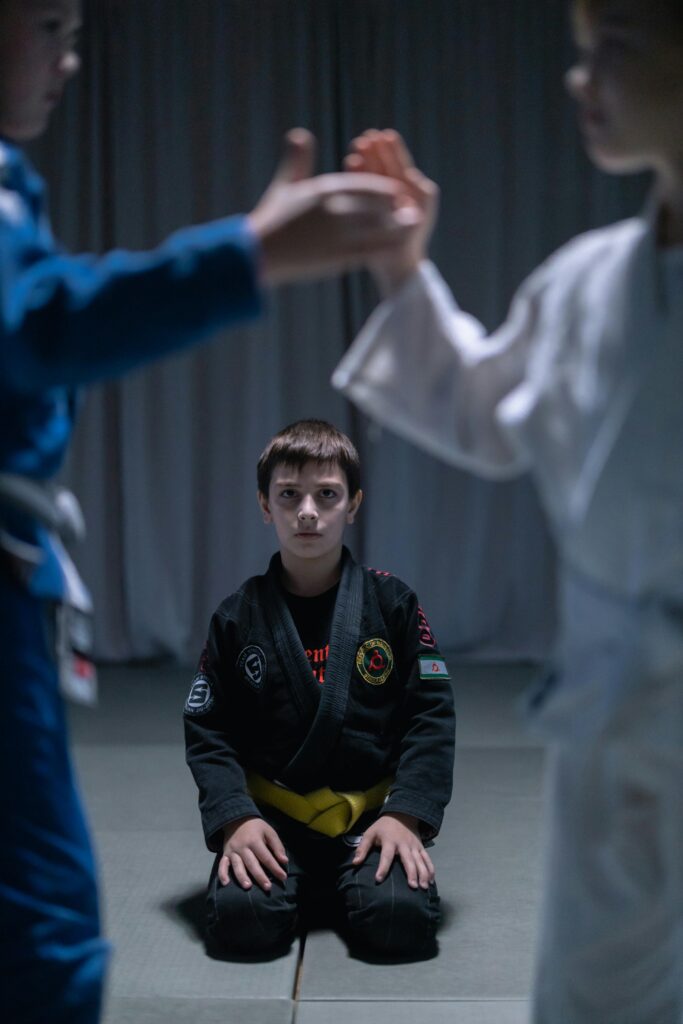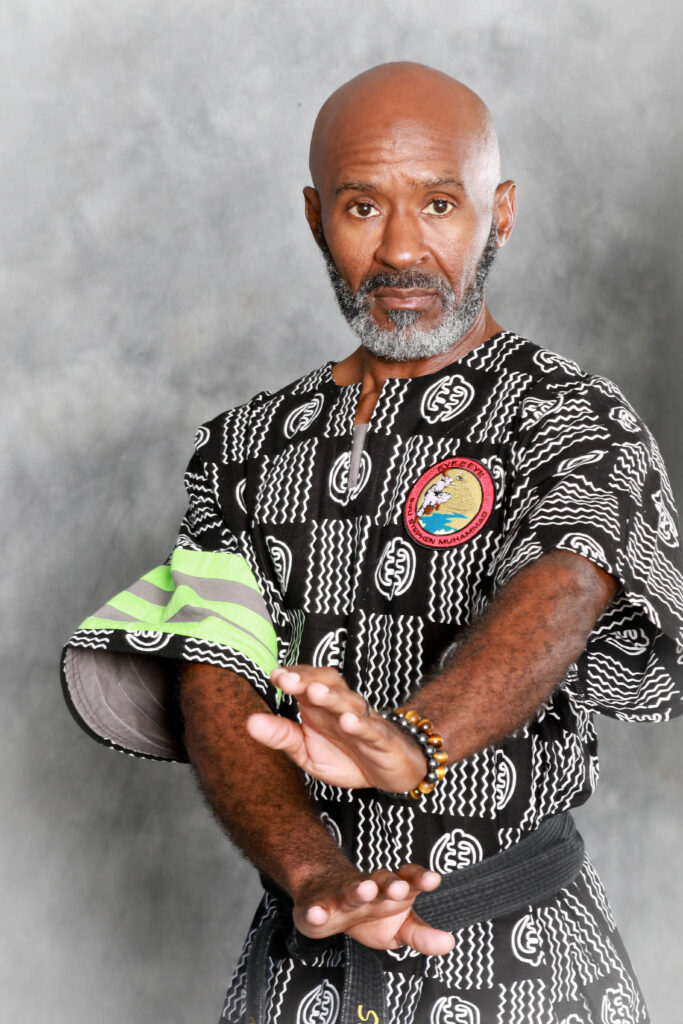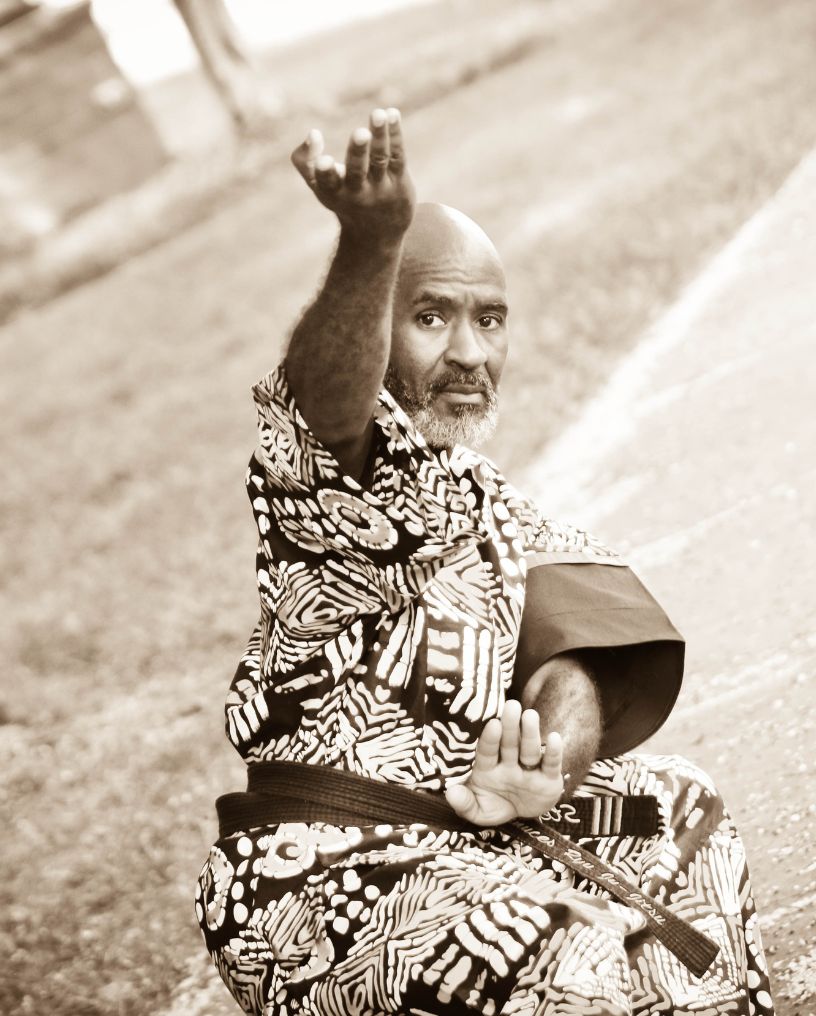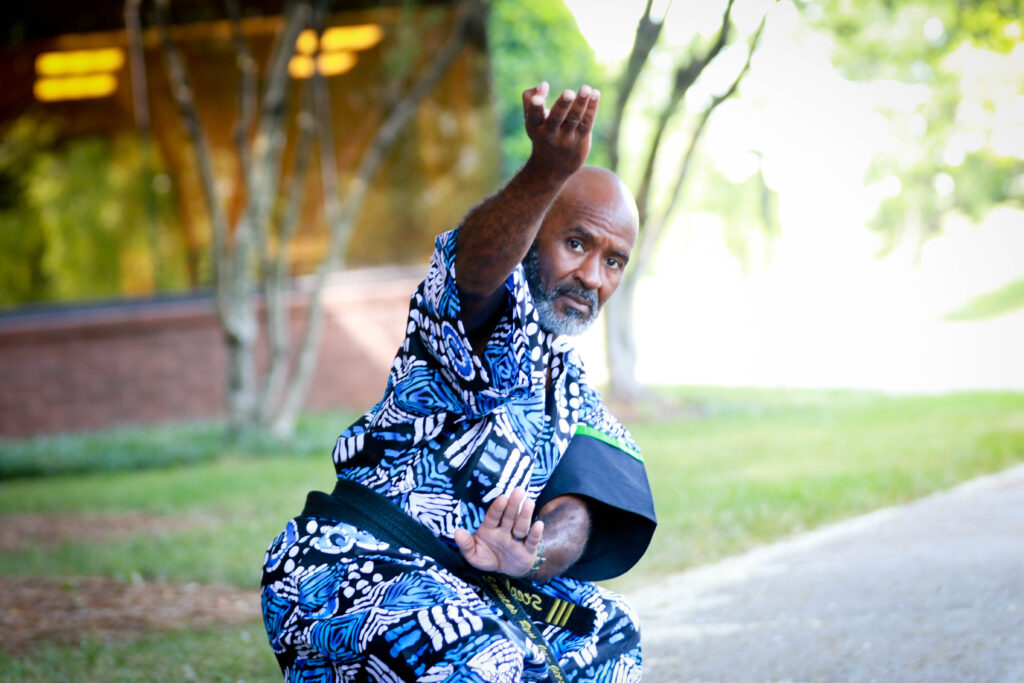Walking alone, heading home late at night, or even navigating crowded spaces—situations like these can sometimes make you feel uneasy.
Knowing how to defend yourself from a guy in potentially dangerous situations is not just empowering; it could save your life. In this guide, we’ll explore practical, easy-to-learn techniques to help you stay safe in real-world scenarios.
Whether you’re looking for tips on situational awareness or physical self-defense, this article has you covered.
Recognizing Threats Before They Escalate
Being able to spot potential threats early gives you the best chance to avoid dangerous situations entirely.
Awareness is your first and most effective defense. By staying observant and practicing simple precautions, you can often avoid confrontation altogether.
Stay Aware of Your Surroundings
Always pay close attention to what’s happening around you. Keep your head up, avoid distractions like your phone, and actively observe your environment.
Notice exits, dark corners, and people behaving unusually. Make eye contact with those nearby—not in an aggressive way but to show confidence and presence. This signals to others that you’re alert and not an easy target.
Awareness doesn’t mean being paranoid; it’s about staying present and prepared.
Spot the Signs of Aggression
Behavior often gives away someone’s intentions. If a person seems tense, stares too long, follows too closely, or invades your personal space, take note.
Watch for clenched fists, sudden movements, or erratic behavior. These can be red flags that require action. Trust your instincts—your gut is a powerful tool. If something feels wrong, it’s better to act cautiously than to dismiss it.
Maintain a Safe Distance
Distance gives you valuable time to react if something happens. A few feet of space can make all the difference. If someone encroaches on your personal space, step back while staying aware of your surroundings.
Use obstacles, like tables or chairs, to create a barrier if possible. Maintaining space not only protects you but also sends a message that you’re prepared and aware.
Effective Verbal De-Escalation Tactics
Sometimes, the right words and a calm demeanor are all it takes to avoid physical confrontation. De-escalation is about controlling the situation without escalating emotions. With the right approach, you can take charge and defuse tension.
Use Assertive Communication
Your words and tone should project calm confidence. Speak clearly and firmly. For example, say, “I don’t want any trouble,” or “Back off,” without yelling.
Keep your voice steady, and stand tall to show you’re serious. Your body language is just as important as your words.
Avoid looking fearful or aggressive; instead, appear composed and in control. This combination often makes the other person think twice.
Set Clear Boundaries
Boundaries are key. If someone moves too close, raise your hand with your palm out while saying, “Stop,” in a firm voice. This action creates both a verbal and visual barrier, making it clear that you will not tolerate their behavior.
Communicating your limits confidently can often prevent things from escalating further. Keep your movements deliberate and your stance balanced in case you need to react.
Disarm the Situation
When tension rises, staying calm can stop the situation from spiraling. Respond with phrases like, “Let’s both move on,” or, “I don’t want to escalate this.”
Use a calm, even tone to show you’re not a threat but are still in control. Back away slowly and avoid sudden movements that might provoke aggression.
Preparing mentally for your next steps—whether to leave or defend yourself—ensures you stay ready for anything.
Physical Self-Defense Techniques
When verbal tactics fail, knowing how to protect yourself physically can make all the difference. Effective self-defense techniques are about being quick, targeted, and practical, focusing on creating an opportunity to escape.
Escaping Common Holds
Attackers often rely on grabbing to control their target. If someone grabs your wrist, rotate it toward their thumb—the weakest part of their grip—and pull sharply to free yourself.
For a chokehold, tuck your chin down to protect your throat, raise one arm, and turn your body to create space.
When grabbed from behind, drop your weight to make it harder for them to lift or control you, then aim for vulnerable areas like their foot or knee to break free.
Striking Techniques
Quick strikes to key areas can give you the time you need to escape. Focus on the most vulnerable parts of the body: the nose, throat, eyes, and groin. A well-placed palm strike to the nose can stun and disorient your attacker.
Elbows are particularly effective in close quarters—drive them into the ribs or face with force. A knee strike to the groin can incapacitate an attacker long enough for you to get away safely.
Defending Against Larger Attackers
Size and strength don’t always determine the outcome of a confrontation. Use leverage and positioning to your advantage. For instance, sidestep their movements and use their momentum to throw them off balance.
Stay low and stable to keep control, and avoid direct grappling if you’re overpowered. Instead, focus on quick, decisive actions to create distance and escape.
Staying calm and thinking strategically can neutralize the advantage of a larger opponent.
Using Everyday Objects as Weapons
Defending yourself effectively doesn’t always require special tools. Everyday items you carry or find around you can be surprisingly useful if you know how to use them.
Common Tools for Defense
Items like keys, pens, or even a rolled-up magazine can quickly become tools for self-defense. For example, keys held firmly between your fingers can deliver sharp jabs to sensitive areas like the eyes or throat.
Pens or markers are equally effective when aimed at soft spots. These are things you probably already carry, and keeping them easily accessible ensures you can grab them quickly if needed.
Turn Your Environment into an Ally
Take a moment to consider what’s around you. Everyday objects like chairs, backpacks, or even loose dirt can serve as barriers or weapons in an emergency.
A backpack swung forcefully can block or disorient an attacker, while dirt or sand thrown at the face can provide a crucial distraction. Thinking quickly and using what’s nearby to your advantage can create an opportunity to escape.
Know When to Run
The goal in any self-defense scenario is to escape safely. If you see an opening, take it. Run toward well-lit, crowded areas where help is more likely to be available.
Shouting while running not only draws attention but can also discourage the attacker from continuing. Remember, running isn’t retreating—it’s choosing the safest option for yourself.
Building Confidence Through Practice and Preparation
Confidence comes from being ready, and preparation is key to feeling secure in any situation.
Training for Real-Life Scenarios
Practicing self-defense techniques in realistic scenarios makes all the difference. Classes that focus on practical methods, such as jiu-jitsu, teach you how to defend yourself effectively against stronger or larger opponents.
These techniques are designed for immediate use, building muscle memory so your responses become instinctive. Regular practice builds not just skill but the confidence to face unexpected situations with calm and control.
Stay Fit and Agile
Fitness plays a big role in self-defense. Building strength, balance, and endurance through simple exercises like running, strength training, or yoga can help you stay agile and respond effectively in high-stress moments.
Being physically prepared doesn’t mean you need to become an athlete—just focus on staying active and improving your overall readiness to move quickly and with purpose.
Strengthen Your Mindset
Mental readiness is just as important as physical preparation. Take time to practice deep breathing exercises, which can help you stay calm and focused during tense situations.
Visualization is another powerful tool—imagine yourself successfully handling difficult encounters. The combination of a strong mindset and practiced skills allows you to act with confidence when it matters most.
Be Ready for Whatever Comes Your Way
Taking the time to learn how to defend yourself is one of the best investments you can make in your safety and confidence.
By recognizing threats, practicing verbal and physical techniques, and preparing your mind and body, you equip yourself with the tools to handle almost any situation.
At Eye2Eye Combat, we specialize in empowering women through practical, real-world self-defense training. Our women’s self-defense classes are designed to teach effective techniques that anyone can use, no matter their size or experience level.
Explore Eye2Eye Combat and discover how you can transform fear into strength. Don’t wait—take the first step toward feeling safer, stronger, and more confident today.
FAQs
How to defend yourself against a man?
The key is to stay calm and act quickly. Focus on creating space, aiming for vulnerable areas like the eyes, nose, or knees, and using objects around you as tools for defense. Practice basic self-defense techniques and consider taking classes to build confidence. Remember, the goal is to escape safely, so always look for opportunities to get away and seek help.
How to protect yourself from guys?
Stay aware of your surroundings and trust your instincts if something feels off. Keep a safe distance and use verbal boundaries like a firm “Stop!” If a situation escalates, be prepared to defend yourself physically with quick, targeted moves to vulnerable areas. Everyday objects like keys or pens can also work as self-defense tools. Preparation and awareness are your strongest allies.
How do I protect myself as a woman?
Focus on situational awareness—avoid isolated areas, stay alert, and keep your phone accessible. Carry simple tools like pepper spray or a personal alarm, and keep them within reach. Learn basic self-defense techniques that don’t rely on strength but instead use leverage and quick strikes. Confidence is key, so practice staying calm under pressure and trust your instincts to guide you.
Can a woman defend herself against a man?
Absolutely. Self-defense isn’t about size or strength—it’s about strategy and knowing what to do. Techniques like striking vulnerable areas or using leverage to break holds can level the playing field. Many women successfully defend themselves by staying calm and acting decisively. Building these skills through self-defense classes can boost your confidence and help you feel prepared for any situation.
What’s the best way to learn self-defense?
Hands-on training is the best way to learn. Self-defense classes teach practical skills you can use immediately, like escaping holds and striking effectively. Many programs, like Brazilian Jiu-Jitsu or general self-defense courses, focus on real-world situations. Practicing regularly builds muscle memory and boosts your confidence, so the techniques become second nature in stressful moments.
What if I’m too scared to fight back?
Fear is natural, but preparation helps you push through it. Start by learning small, simple actions like yelling for help or creating space. With practice, confidence builds, and you’ll find that fear doesn’t have to control your actions. Remember, self-defense is about keeping yourself safe—not engaging unnecessarily. Focus on escaping first, and only fight back if it’s your last option.





